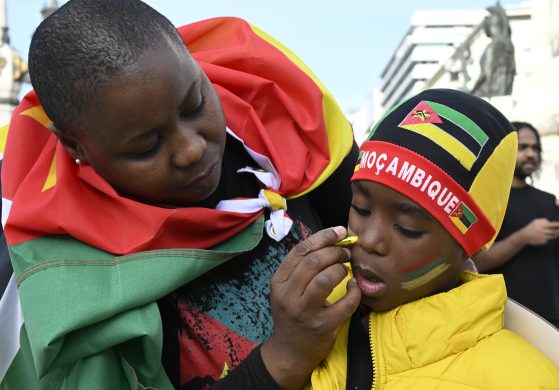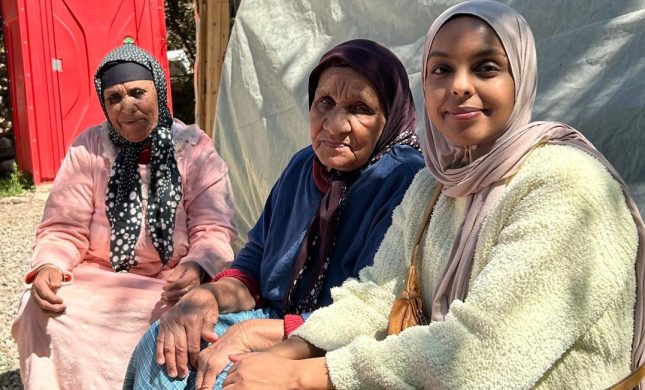More than half of the worlds people live on less than two dollars (12 DKR) a day, with 47 percent of East Asians and 44 percent of Southeast Asians surviving at that level, said a study released Tuesday.
At the same time, despite a drop in its fertility rate, India will overtake China as the worlds most populous country by 2050, with 1,63 billion people against Chinas 1,44 billion, according to the Population Reference Bureau in its 2005 World Population Data Sheet.
The US population research institute study emphasized that high fertility rates remain closely linked to poverty conditions such as poor access to health care, lack of potable water and low contraception use in the worlds most impoverished regions like sub-Saharan Africa and Southwest Asia, where 75 percent of the people live below the two-dollar standard.
– You can not alleviate poverty if large disadvantaged populations do not have basic services such as health care and safe drinking water, said Bill Butz, president of the institute.
Worldwide, 53 percent of people live below the poverty threshold, the study showed, with generally the poorest countries having the highest mortality rates and lowest use of contraception.
For example, it shows that in sub-Saharan Africa, where two-thirds of the population lives in rural areas and less than half of those have access to potable water, infant mortality is around 15 times higher than that of developed countries.
In the same region, only 21 percent of married women of child-bearing age use contraception, compared to a global average of 60 percent, and life expectancy is only 48 years, compared with a world average of 67.
Yet sub-Saharan population growth from now until 2050 is projected by the institute at 130 percent, compared with a world growth rate of 43 percent and the developed countries probable three percent rate of growth.
The report suggests that the region will continue to be mired in poverty unless there is an improvement in health care and a sharp decline in fertility rates.
“These findings suggest that further investments in socioeconomic development, as well as improvements in contraceptive access and supply, will be needed … to reduce unintended births and continue on the path to fertility decline,” the report said.
The report singled out Niger, Guinea-Bissau, Mali, Somalia, Uganda and Afghanistan as having the worlds highest fertility rates, while South Korea, Taiwan, Poland, Ukraine and Belarus were among those with the lowest.
Japan led Iceland with the worlds highest life expectancy, at 82 years, while Botswana and Lesotho held the lowest positions at 35 years.
The report pointed out that, despite a sharp fall in fertility rates among the worlds developed countries, the global population will continue to grow steadily from the current 6,5 billion to 9,3 billion in 2050.
Kilde: The Push Journal















